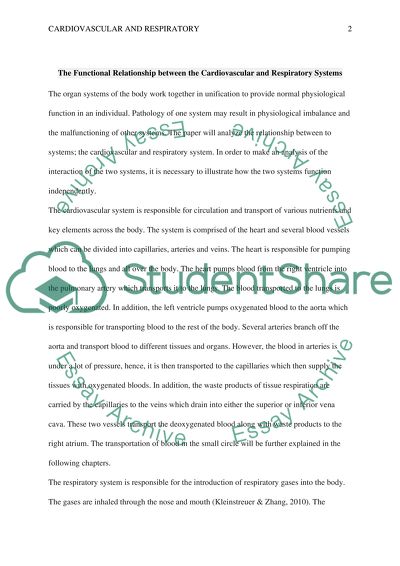Cite this document
(“The Functional Realationship Between the Cardiovascular and Essay”, n.d.)
The Functional Realationship Between the Cardiovascular and Essay. Retrieved from https://studentshare.org/health-sciences-medicine/1474703-the-functional-realationship-between-the
The Functional Realationship Between the Cardiovascular and Essay. Retrieved from https://studentshare.org/health-sciences-medicine/1474703-the-functional-realationship-between-the
(The Functional Realationship Between the Cardiovascular and Essay)
The Functional Realationship Between the Cardiovascular and Essay. https://studentshare.org/health-sciences-medicine/1474703-the-functional-realationship-between-the.
The Functional Realationship Between the Cardiovascular and Essay. https://studentshare.org/health-sciences-medicine/1474703-the-functional-realationship-between-the.
“The Functional Realationship Between the Cardiovascular and Essay”, n.d. https://studentshare.org/health-sciences-medicine/1474703-the-functional-realationship-between-the.


